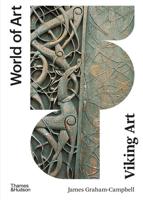Publisher's Synopsis
This book deals with the Serbian monastery of Resava (also known as Manasija), which is located in the middle of the rich valley of the river Morava, near the town of Despotovac. With the Church of the Holy Trinity, an extraordinary building of the Moravastil, and its fairly well-preserved walls, it is one of the largest, most important and most famous medieval monuments in Serbia. The monastery is a foundation of the despot Stefan Lazarevic (prince 1389-1402, despot 1402-1427), whereby the brilliant church acts as his mausoleum. Begun in 1406/07, the foundation and construction of the monastery reflects the political and cultural circumstances of Serbia, which was situated between Eastern and Western powers (the Ottoman Empire and Hungary). A grandiose fortress was built around the church that conformed to all the rules of a security system as understood then. The structure and frescoes of the complex were completed in 1418; the ceremonious consecration of the monastery took place during the Whitsunday feast of that year. Immediately after its establishment, it became one of the most important spiritual and cultural centers in Serbia. Lively literary activity, which flourished under the learned monks in the monastery, left its stamp on the entirety of Serbian literature. The fortress also played a major role in Serbian history as a defensive bulwark both during the Serbian medieval state and during the Turkocracy and the short period of Austrian rule. The frescos of the church represent one of the final masterpieces of Byzantine art. Stefans foundation became famous soon after its completion, and impressed both contemporaries and later visitors with its colorful floor made of marble and serpentine and its gold-decorated frescos.











